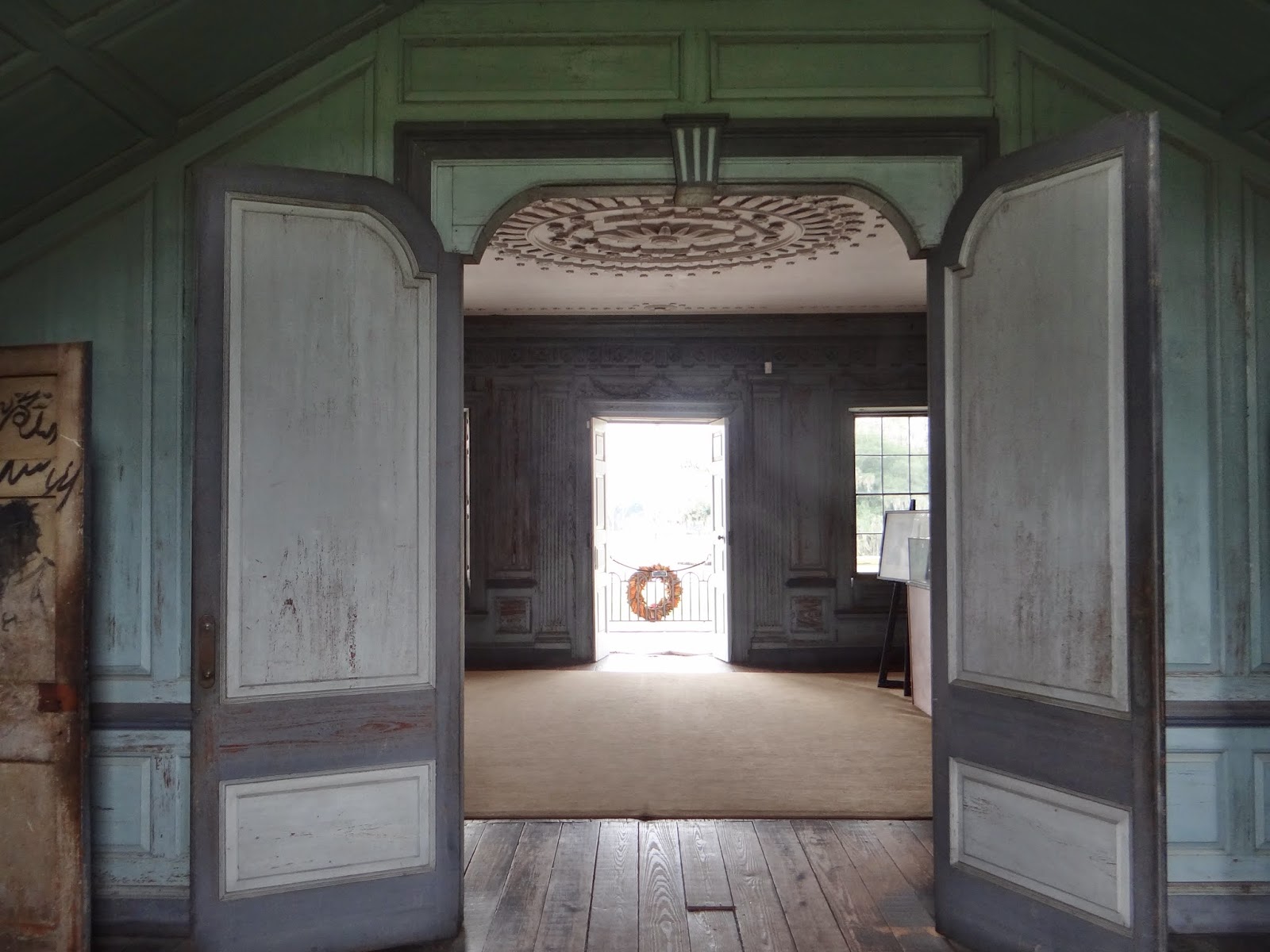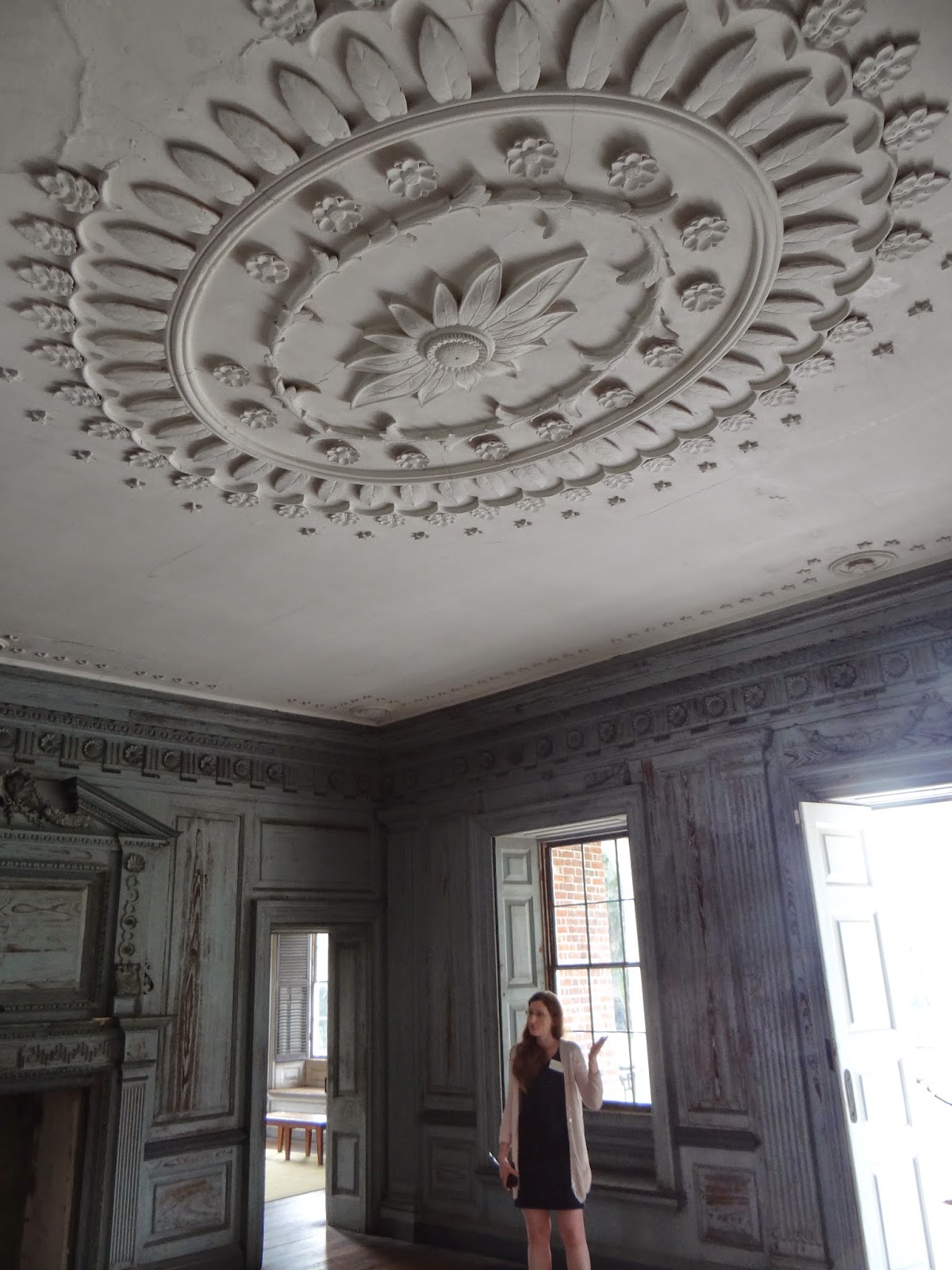What a difference a year makes. Last year, we left New Brunswick with high snowbanks and a big storm brewing. This year, it was bare ground, but a chilly -18°C.
My companion this year, courtesy of my sister, is Swoops. He'll keep his big eyes on us as we travel.
The beautiful St. John River...December 31 and the river was still not completely frozen. Crazy!
We crossed the US border into Maine, and our first stop was The Thirsty Dawg in Houlton. This tiny place has a huge selection of craft beer and is a favourite stop for Jim.
Doesn't look like much, does it? Don't let the outside fool you. Jim came out a happy man. And here we made an sad discovery. My beloved Strongbow is not available in the US anymore with the original formula. They have joined the cider bandwagon with apple and pear and other too-sweet drinks. The horrors...
At first glance, I thought these were huge snowbanks, but they are piles of salt. This was near the Lincoln Tunnel in New Jersey. I guess they've had a pretty good winter so far as well.
I get so excited when I see our first Savannah sign. We decided to go to Charleston for two days and visit a plantation and the Angel Oak tree before continuing on to Savannah.
I love these tree-lined roads...
We decided to tour Drayton Hall as it's the only plantation house to survive intact through both the Revolutionary and Civil wars. Most of the others were burned or destroyed by General Sherman on his March to the Sea in 1864.
Drayton Hall was built for John Drayton around 1745. As the third son of Thomas and Ann Drayton, it was unlikely that he would inherit the family's Magnolia Plantation, so he bought a piece of property nearby and built what is said to be one of the finest examples of Palladian architecture in the US.
The road leading into the plantation...
Not too far inside the gates is a sign for the African-American cemetery.
What a beautiful, serene place...
The archway reads "Leave 'em rest." Many of the graves are unmarked or the grave markers have long since disappeared. At least 40 graves are known to be here. Richard Bowens, a 7th generation descendant of slaves, was born at Drayton Hall in 1908 and worked there for over 50 years as the gatekeeper and as a historian. Many of his childhood recollections helped historians tell the story of Drayton Hall.
In keeping with his wishes, no grass or shrubs have been planted in the cemetery. His wish was to leave it natural and "leave 'em rest."
You could spot various headstones or markers...
Some are fairly recent...
A very peaceful place...how lucky we were to be there with no other visitors. We carried on up the driveway for our first view of the plantation house.
We had a chance to wander about the property before the tour of the house began. This old tree appears to be defying gravity as the roots lift out of the earth.
Not much is known about John Drayton before he purchased the land for Drayton Hall, but it is believed that he must have spent time in Europe where he gathered ideas for the construction of his home.
Drayton Hall is known for its perfect symmetry.
Looking down the driveway from the house...
The privy or outhouse...
Inside the house was a model of Drayton Hall, originally flanked by two pavilions with sweeping colonnades.
The back of house...
The story of this watercolor was really interesting. A photograph was mailed anonymously to the National Trust in 2007 with the date 1765 pencilled on the back. Until this time, no one knew that the pavilions and colonnades had existed. They were skeptical until archaeological digs found brick foundations consistent with the colonnades. Amazing...
Double doors just inside the back door at Drayton Hall. The front door is open in the background.
Beautiful ceiling...
Work is ongoing to preserve the front portico...
Everything was about symmetry...
The original fireplace mantel was destroyed by vandals during a July 4 party...
One doorway revealed only a brick wall behind it, but it was necessary to have the two doors to maintain the symmetry. Our guide showed us places on the wall where the paint was worn, most likely where servants would have stood with their hands behind their back, in case they were needed.
Behind a piece of plexiglass to preserve it are initials and dates for growth charts of the Drayton children.
The latest entry from 2014...the descendants still return each year for a family picnic.
The stairway on the left would have been used by the servants.
As our guide said, imagine coming down these stairs holding a candle and a chamber pot. This is where elbows came into play against the walls.
The staircase leading to the second floor...
Second floor ball room...
And in the basement were what is believed to be part of the original columns on the portico taken down in 1815. There were pack rats even back then!
Ongoing restoration work...
Each year, Drayton descendants arrive to have an annual picnic...
The property is gorgeous with the old live oak trees. Oh the tales they could tell...
Our first plantation visit was amazing. So much history. Next, we will visit Magnolia Plantation, home to John Drayton's family.





















































No comments:
Post a Comment